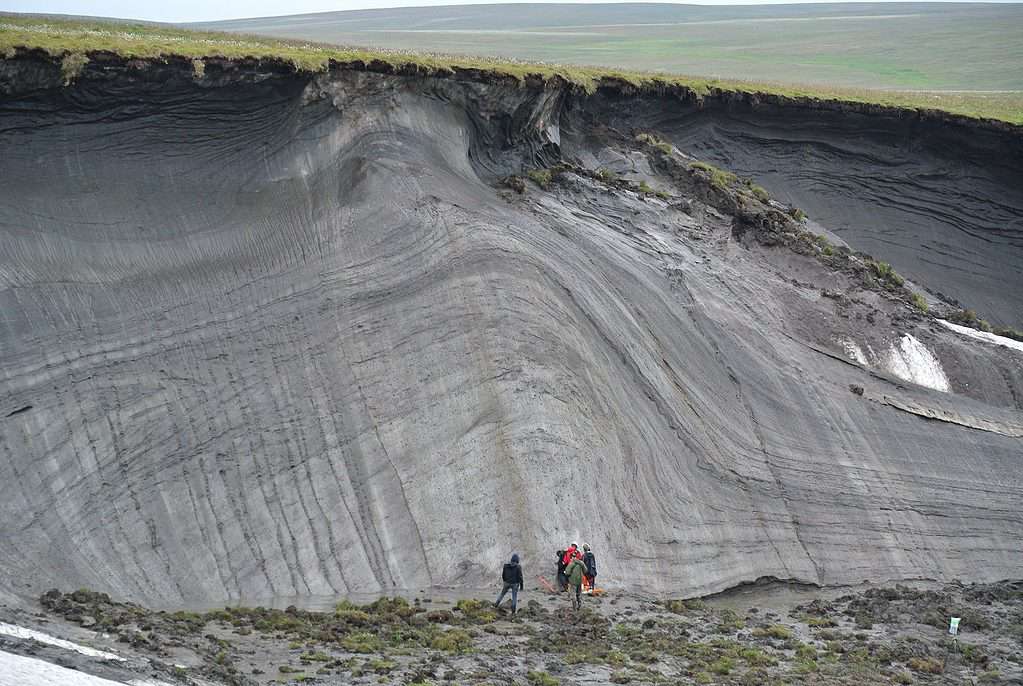As the global temperature increases, large areas of the permafrost (land that has stayed frozen for two or more years) are melting, releasing materials that have been trapped in the ice for thousands of years — including potentially deadly viruses. To enable us to better understand this threat and prepare for future pandemics, scientists have now revived a whole bunch of these old viruses — and we’re all laughing nervously.

A single gram of permafrost can contain hundreds of thousands of species of microbes, many of which are believed to be able to survive extreme conditions. Even pathogens believed to be extinct could still be in the frozen soil. In 2016, a boy died of anthrax after a heatwave melted the soil and revealed a reindeer carcass hosting the virus.
In a new paper, yet to be peer-reviewed, researchers from the French National Centre for Scientific Research explain how they could identify and revive a group of 13 viruses belonging to five different clades from samples collected in Siberia. Among the haul, they could revive a virus from a permafrost sample that was about 48,500 years old.
The researchers also revived three viruses from a 27,000-year-old sample of frozen mammoth poop and a piece of permafrost with mammoth wool. The other two viruses were isolated from the frozen stomach contents of a Siberian wolf. All these viruses were found to still have the potential to be infectious pathogens, the study showed. In other words, these are exactly the kind of virus that can pose problems.
“One-quarter of the Northern Hemisphere is underlain by permanently frozen ground, referred to as permafrost,” the team wrote. “Due to climate warming, irreversibly thawing permafrost is releasing organic matter frozen for up to a million years, most of which decompose into CO2 and methane, further enhancing the greenhouse effect.”
Concerning viruses
The study comes from a group of researchers who had previously revived a 30,000-year-old virus found also in the Siberian permafrost in 2014. Now, with the latest group of viruses, they have possibly revived the oldest one yet. “48,500 years is a world record,” Jean-Michel Claverie, one of the paper’s authors, told New Scientist.
In their paper, the researchers explained that more work still has to be done to better understand these viruses, as “very few studies” have been published on this so far, they say. Rising temperatures from climate change are likely to reawaken microbial threats in the permafrost, and each one will require to come up with a specific medical response, they said.
But the permafrost isn’t the only problem. Warming temperatures are also making more animals migrate northwards, and this could bring viruses into contact with many potential new hosts – increasing the risk of viruses spilling from one species to another. Similar spillover events have been behind the emergence of recent pandemics such as SARS-CoV-2.
“There is no equivalent to ‘broad spectrum antibiotics’ against viruses, because of the lack of universally conserved druggable processes across the different viral families. It is therefore legitimate to ponder the risk of ancient viral particles remaining infectious and getting back into circulation by the thawing of ancient permafrost layers,” they add.
The full study can be accessed here.






